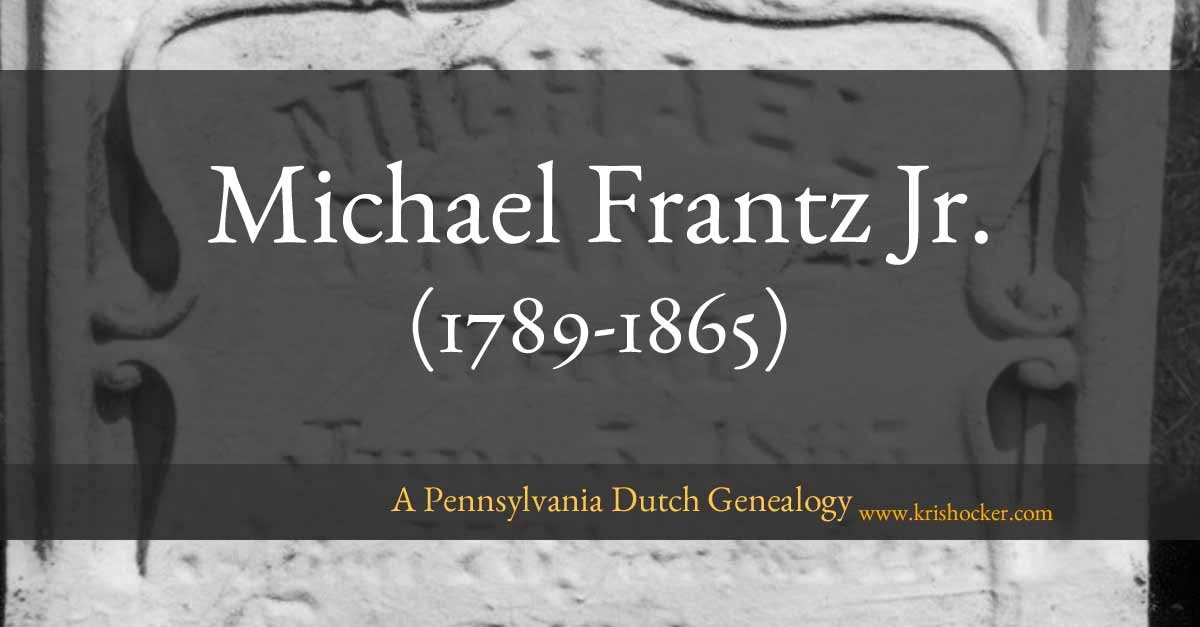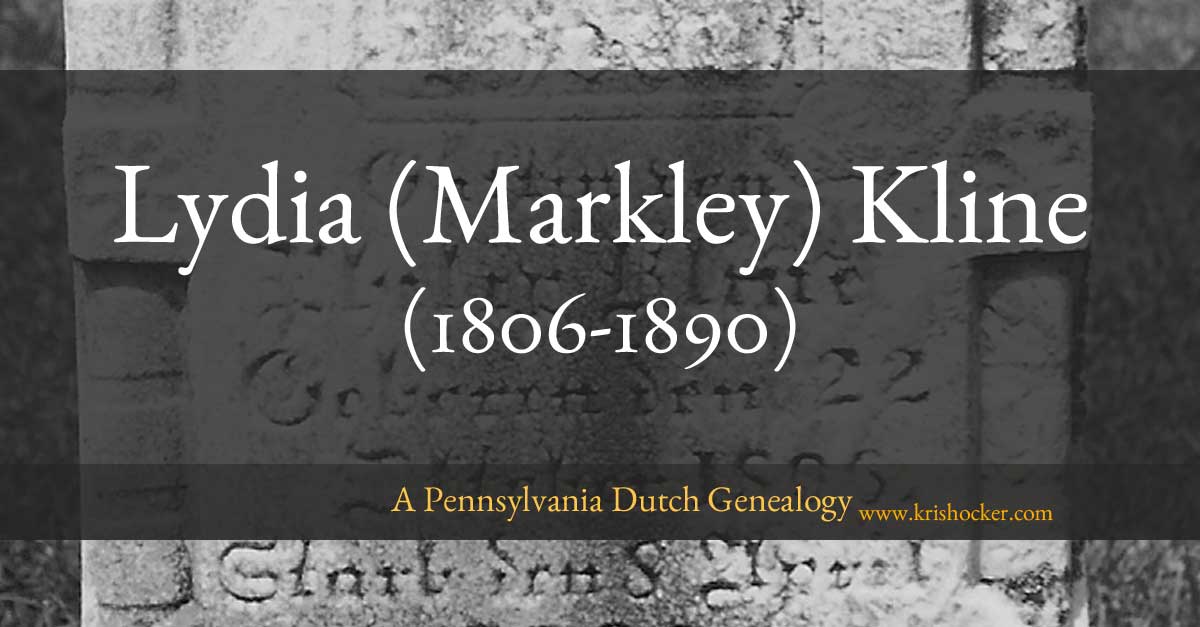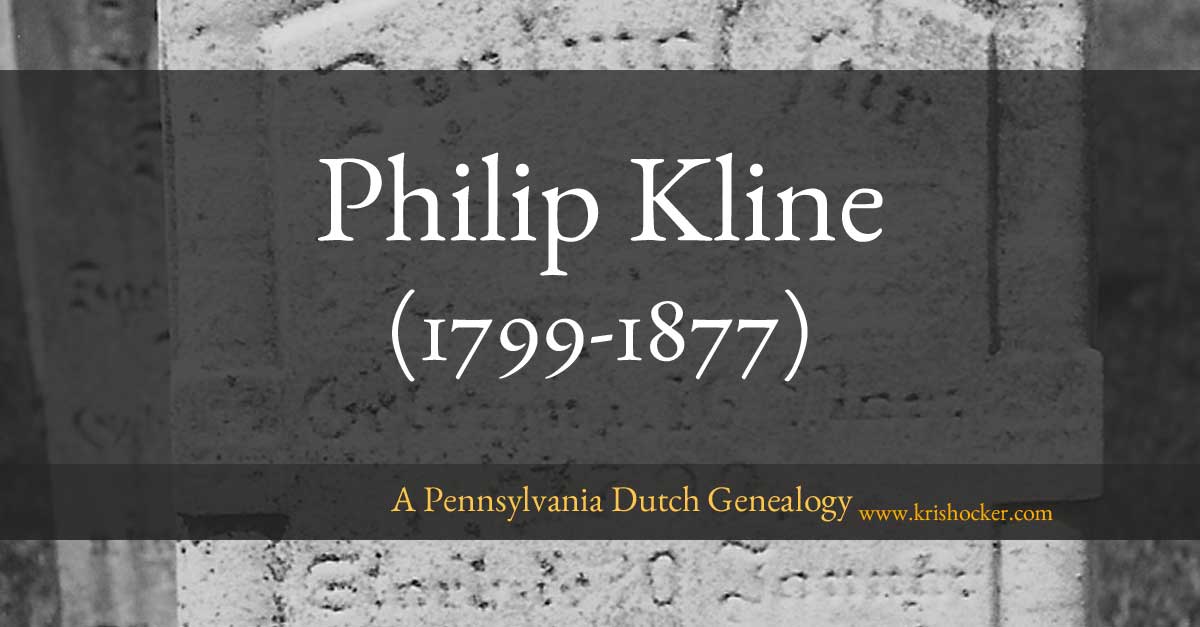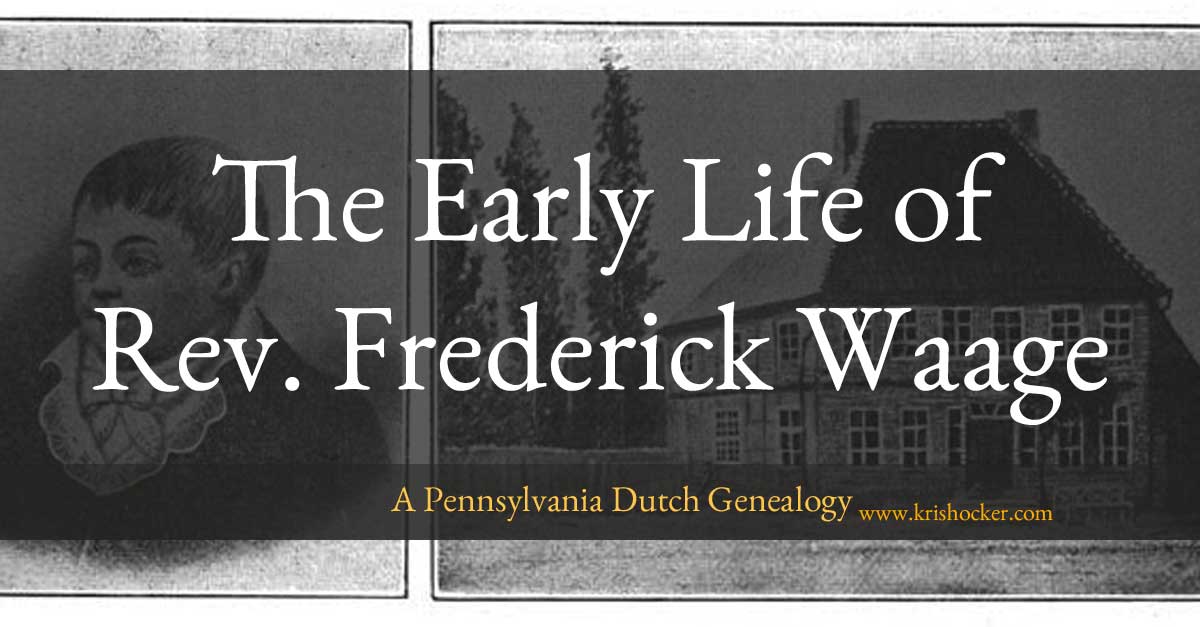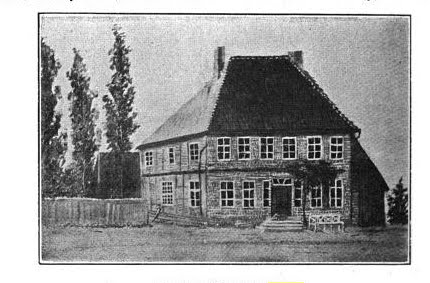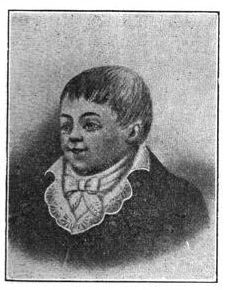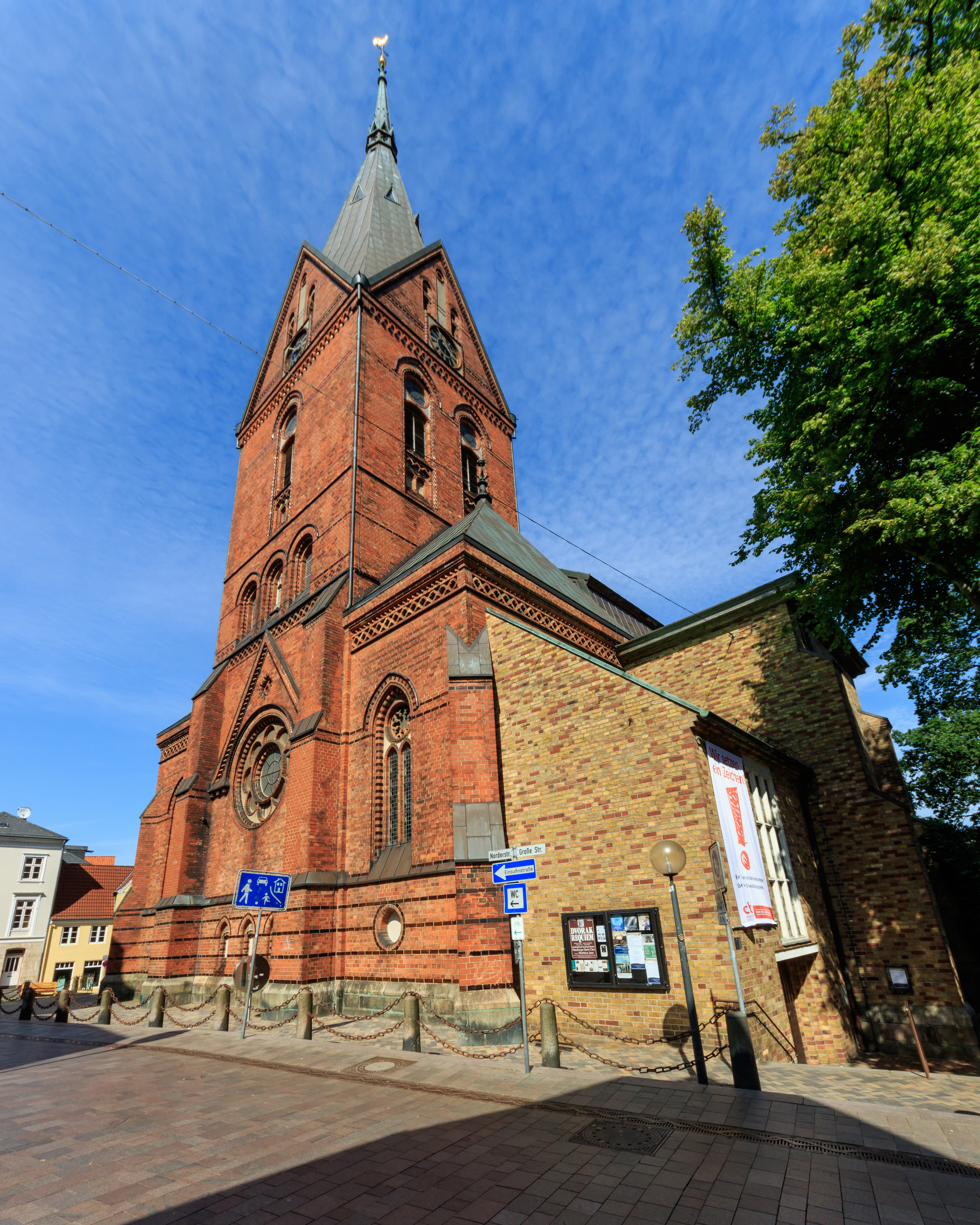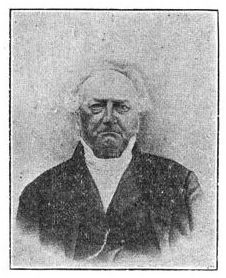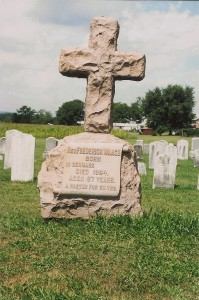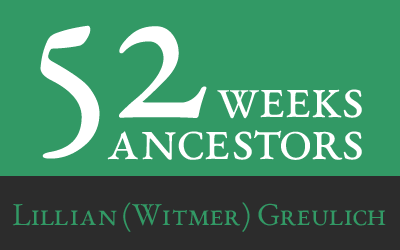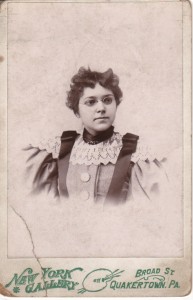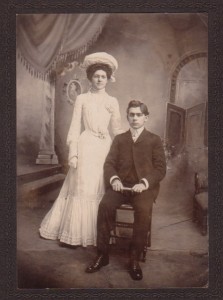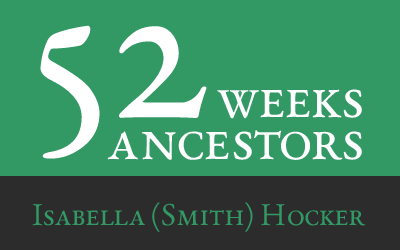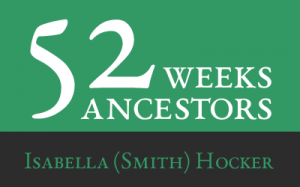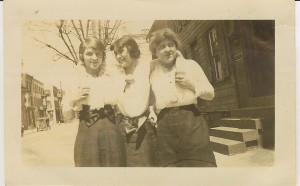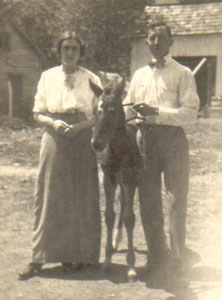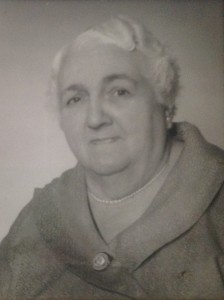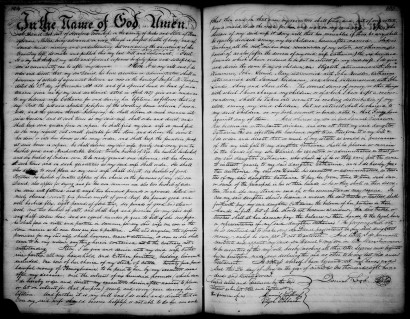Martha Bartleson 52 Ancestors in 52 Weeks
I wrote a post about my ancestor Rachel Jones, wife of Jacob Witmer, back in 2014. While I knew Rachel’s maiden name based on the death certificates of several of her her children,1 I did not have information regarding her parents. At the time I postulated that Henry Jones was Rachel’s father, but I did not know the name of his wife. I’m still looking for evidence of who she was.
Assuming that Henry was her father, I determined that her mother died prior to 1830 in Milford Township, Bucks County, Pennsylvania.2 Based on the 18203 and 18104 census enumerations, she was most likely born sometime between 1775 and 1784.5 Unfortunately, the pre-1850 census records do not list the names of the household members.
Martha Bartleson
I’ve seen Martha Bartleson listed as his wife online. I’ve never been sure just from where that information came, as no sources were provided. Recently, I came across a posting in a Find A Grave forum that included the following:
“I found Henry in the 1810, 1820 and 1830 censuses, 1810 in Hilltown, then Milford. His wife appears to be deceased by the 1830 census.
Are you familiar with the book, Morris Lewis and His Descendants, by Mary Jane Erwin? It was published by the Lewis-Jones Assoc. in 1936. It is very helpful through there are errors, of course. That is where I got the birth and death dates for Henry Jones. It contains this story about Martha: “In the early history of the settlement of New Jersey and the eastern border of Pennsylvania, it was customary for emigrants to bring their servants with them and allow them to work for the price of their passage after arriving here. Sometimes they had to work a long while until [their debt] had been cancelled. Undoubtedly, Martha Bartleson was tired of working. It is said she took one of her master’s horses, where she lived in New Jersey, mounted and rode until she reached the Delaware. The horse swam the river. She reached the Pennsylvania side. When dismounted, she turned the horse about, and it is supposed it returned to its owner, while Martha Bartleson made her way through the country to Hilltown, where she met and married Henry Jones.” [p 22, as related by John Davis, one of her grandsons]” 6
What really struck me about this story is its similarity to a story that was apparently passed down through the Witmer family. It was reported in an article on four generations of the Witmer family. It went:
“There is an interesting romance connected with the emigration to this country of Mr. Witmer’s grandmother. She was a typical English girl and exceedingly pretty and fearless. Crossed by her parents in a love affair, Miss Jones escaped from her home with the aid of her favorite saddle horse, and swam across the English Channel on horse-back and fled the country.7”
Both versions are charming stories. The story from the forum posting does provide some clues to follow up on—as the Witmer story does not. First, there’s the name. Martha Bartleson. Second, the location—New Jersey. And third the fact of her indentured servitude.
Both stories seem to imply that Martha was an immigrant, though only the Witmer story states it as “fact.” And that could simply be referring to her mode of arrival in Pennsylvania, not necessarily her arrival in the United States. Indentured servants were not only immigrants. Sometimes families bound out children to pay debts or to provide for their care and education. Either way if she was a servant and ran away before the end of her term, I would think there should be a record of it.
To be honest, both stories strain my credulity. But as with most family stories, there is likely a kernel of truth in there. I just need to dig it out. Wish me luck!
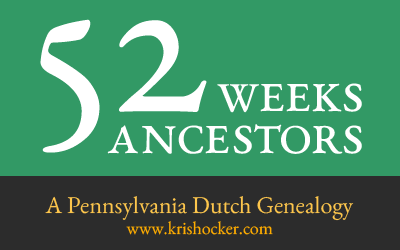
This post is part of a blogging challenge entitled 52 Ancestors in 52 Weeks, created by Amy Crow of No Story Too Small in 2014. Participants were to write about one ancestor every week. I’m revisiting this challenge for 2017. This is my seventh 52 Ancestors post, part of week six.

